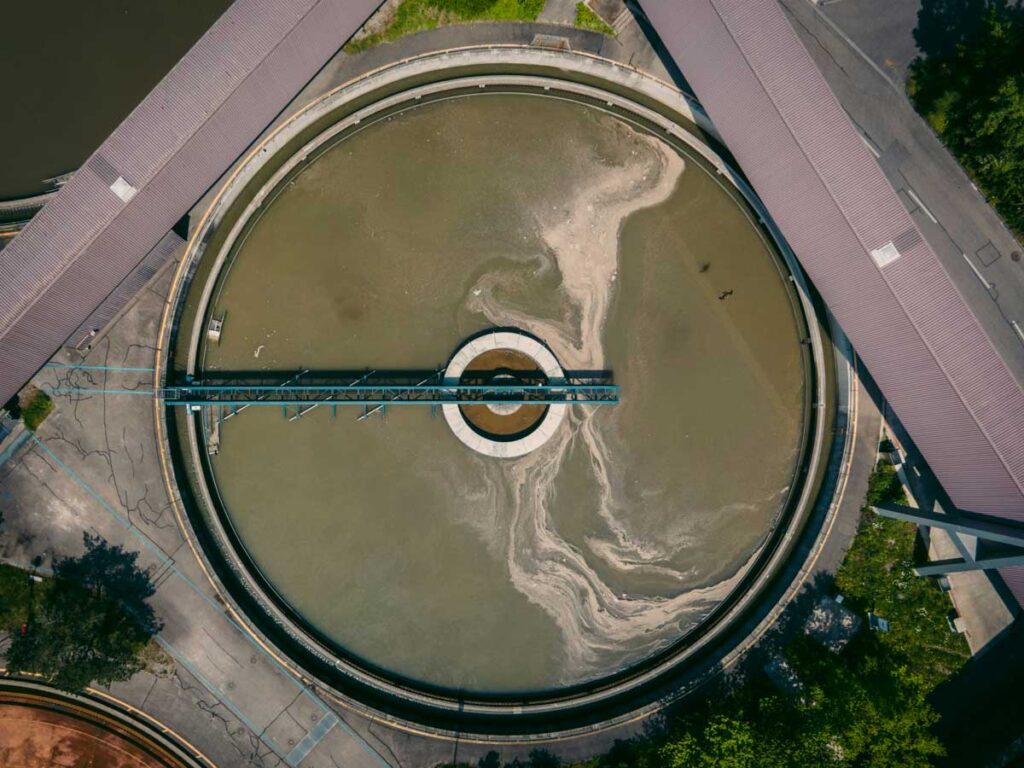As you know, sewage treatment is a crucial process in protecting public health and ensuring the wellbeing of our waterways. But while virtually all of our homes and workplaces are subject to sewage treatment processes of some description, what does this actually mean?
Here we break down how sewage treatment occurs and the different steps involved in ensuring its safe and smooth operation.
Separation
You know that wastewater that goes down the toilet or sink travels along a pipe – but that’s where most people’s understanding ends. Once the drainage waste enters your sewage treatment plant or septic tank, it needs to undergo separation to remove solids and larger debris. Often, this can include items which should never have been flushed in the first place, such as wet wipes or sanitary towels. The liquid passes through screens which filter these solids from the liquid, which then flows into settlement tanks. This enables smaller solids to sink and form sludge, while any oils and greases present float to the top.
Primary treatment
The sludge and organic waste now undergoes a biological process, where naturally occurring microscopic organisms break down remaining matter. By-products of this stage can include substances used to make biogases or fertilisers. The remaining wastewater passes into a further tank, ready for the next step in the operation.
Secondary treatment
This involves the further treatment of wastewater before it can be safely discharged to waterways. In modern sewage treatment plants, this will involve the introduction of oxygen to encourage and speed up further microorganism activity. These will consume the remaining dissolved and suspended organic materials, converting them into further gases or biomatter.
By now, the water is typically pure enough to be discharged into natural watercourses. But in older septic tanks, it will likely need to pass through a separate soakaway component before it can be safely filtered into the surrounding soil.
Importance of compliance
It’s important that sewage treatment systems are properly maintained and operated in order to satisfy legislation, as well as:
- Preventing the spread of disease via harmful pathogens
- Preserving aquatic life and biodiversity
- Minimising contamination of watercourses
And while most of these steps take place largely out of sight, the fact they happen safely and correctly is vital for all of us.
More information on sewage treatment needed?
If you still have questions about the processes involved in sewage treatment, we’re happy to help. Or if you want to arrange a drainage survey to ensure that your system is operating as it should do, support is available. To get in touch and talk to an experienced professional, please contact us today.
